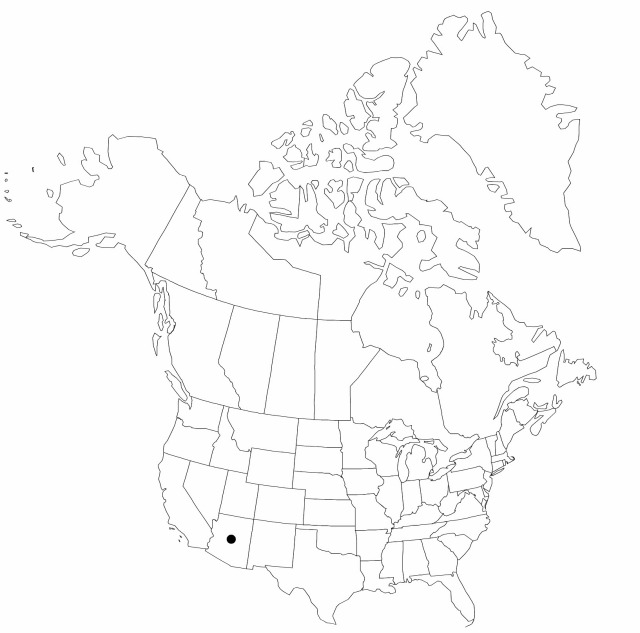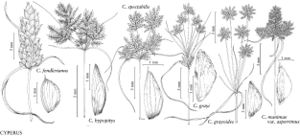Difference between revisions of "Cyperus hypopitys"
Syst. Bot. Monogr. 43: 129, fig. 54. 1994.
FNA>Volume Importer |
imported>Volume Importer |
||
| Line 48: | Line 48: | ||
|publication year=1994 | |publication year=1994 | ||
|special status= | |special status= | ||
| − | |source xml=https:// | + | |source xml=https://bibilujan@bitbucket.org/aafc-mbb/fna-data-curation.git/src/bb6b7e3a7de7d3b7888a1ad48c7fd8f5c722d8d6/coarse_grained_fna_xml/V23/V23_300.xml |
|genus=Cyperus | |genus=Cyperus | ||
|subgenus=Cyperus subg. Cyperus | |subgenus=Cyperus subg. Cyperus | ||
Revision as of 21:32, 27 May 2020
Herbs, perennial, rhizomatous, tending to form small clumps by basal offshoots. Culms triquetrous, bulbous, thickened, (20–)30–80(–90) cm × 0.7–1.2 mm, glabrous proximally, becoming trigonous strongly scabridulous on distal angles, clothed with persistent reddish fibers at base. Leaves flat to V-shaped, 20–45 cm × 2–4 mm. Inflorescences: spike 1, loosely ovoid to ovoid-ellipsoid, (1.5–)2.5–7 × (1–)1.5–3.5 cm; rays (1–)2–4, to 6 cm; 2d order rays rarely present, to 2 cm; 3d order rays absent; bracts (2–) 3, ± horizontal, 1–15(–21) cm × 0.4–3.5 mm; rachilla deciduous, wings hyaline, 0.3–0.4 mm wide. Spikelets (3–)8–26, reddish to reddish brown, linear, compressed-quadrangular, 8–18 × (2.4–)2.8–4 mm; floral scales deciduous, 6–16, laterally reddish, medially green, occasionally red-glandular, laterally strongly 3(–4)-ribbed, medially punctate, 1–3-ribbed, ovate-lanceolate, (2.6–)2.8–3.3 × (1.4–)1.6–1.8(–2) mm, apex weakly 3-dentate, mucronulate, with tuft of crystalline prickles, medially glabrous. Flowers: anthers 0.8–1.1 mm; styles 1–1.4 mm; stigmas 1–1.4 mm. Achenes brownish, stipitate, ellipsoid, 1.6–2 × (0.7–)0.9–1 mm, base whitish, stipe to 0.1–0.2 mm, apex obtuse, slightly apiculate, surfaces papillose.
Phenology: Fruiting late summer–early fall.
Habitat: Canyons in pine forests
Elevation: 500–1500 m
Distribution

Ariz., Mexico (Chihuahua, Durango, Sinaloa, Sonora).
Discussion
Of conservation concern.
Cyperus hypopitys can be recognized by the combination of reddish floral scales and sharp-angled culms.
Selected References
None.
